Product engagement: How to measure and improve it
Published on August 29, 2025/Last edited on September 09, 2025/12 min read

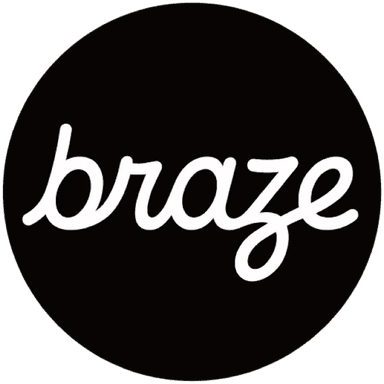
Team Braze
When people talk about product success, they often point to sign-ups, revenue, or growth. But there’s a more subtle indicator that reveals much more: How often people actually use your product and how much value they get from it.
That’s what product engagement is all about and it’s important to measure.
It’s the difference between someone who logs in once, and someone who returns again and again to complete tasks, explore features, and build habits around your product. Strong engagement is a sign that your product is working—and that your users are finding real value in it.
In this guide, we’ll break down what product engagement means, why it matters, how to measure it, and how to improve it using practical, data-informed strategies.
Contents
- What is product engagement?
- Why product engagement matters for growth and retention
- Key product engagement metrics to track
- What is the Product Engagement Score (PES)?
- How to measure product engagement effectively
- Common use cases for measuring product engagement
- Tools and platforms to track product engagement
- Best practices to improve product engagement
- Final thoughts on improving product engagement
- FAQs about product engagement
What is product engagement?
Product engagement describes how users interact with your product, such as how often they use it, how deeply they explore its features, and how much value they get from those experiences. It’s one of the indicators of whether your product is delivering on its promise.
High product engagement often points to a strong product-market fit. Low engagement may highlight friction, confusion, or a gap between expectation and experience.
It’s especially important for businesses with a product-led growth (PLG) model—for example, product management software that offers a free tier or trial—as the product itself helps drive acquisition, conversion, and retention. But even outside of PLG, understanding how users behave in-product can help teams to make smarter decisions around feature development, onboarding, and lifecycle messaging.
Product engagement vs. user engagement
It’s easy to confuse product engagement with user engagement, but they measure different things.
- Product engagement looks at what users do inside your product—feature adoption, session frequency, usage depth, and more.
- User engagement takes a broader view, including how customers interact across your brand—email opens, push taps, support chats, and website visits.
Together, they tell a more complete story, giving greater insight into how your brand is doing.
Why product engagement matters for growth and retention
Product engagement matters for growth and retention because it can reflect how valuable and useful your product is to the people using it. When users consistently return, explore features, and achieve their goals, they’re more likely to stay loyal, upgrade, and recommend your product to others.
High engagement is often closely linked to stronger retention, higher customer satisfaction, greater expansion potential through upsells and cross-sells, and ultimately, increased customer lifetime value. For teams following a product-led growth model, it plays a central role in driving acquisition and long-term loyalty.
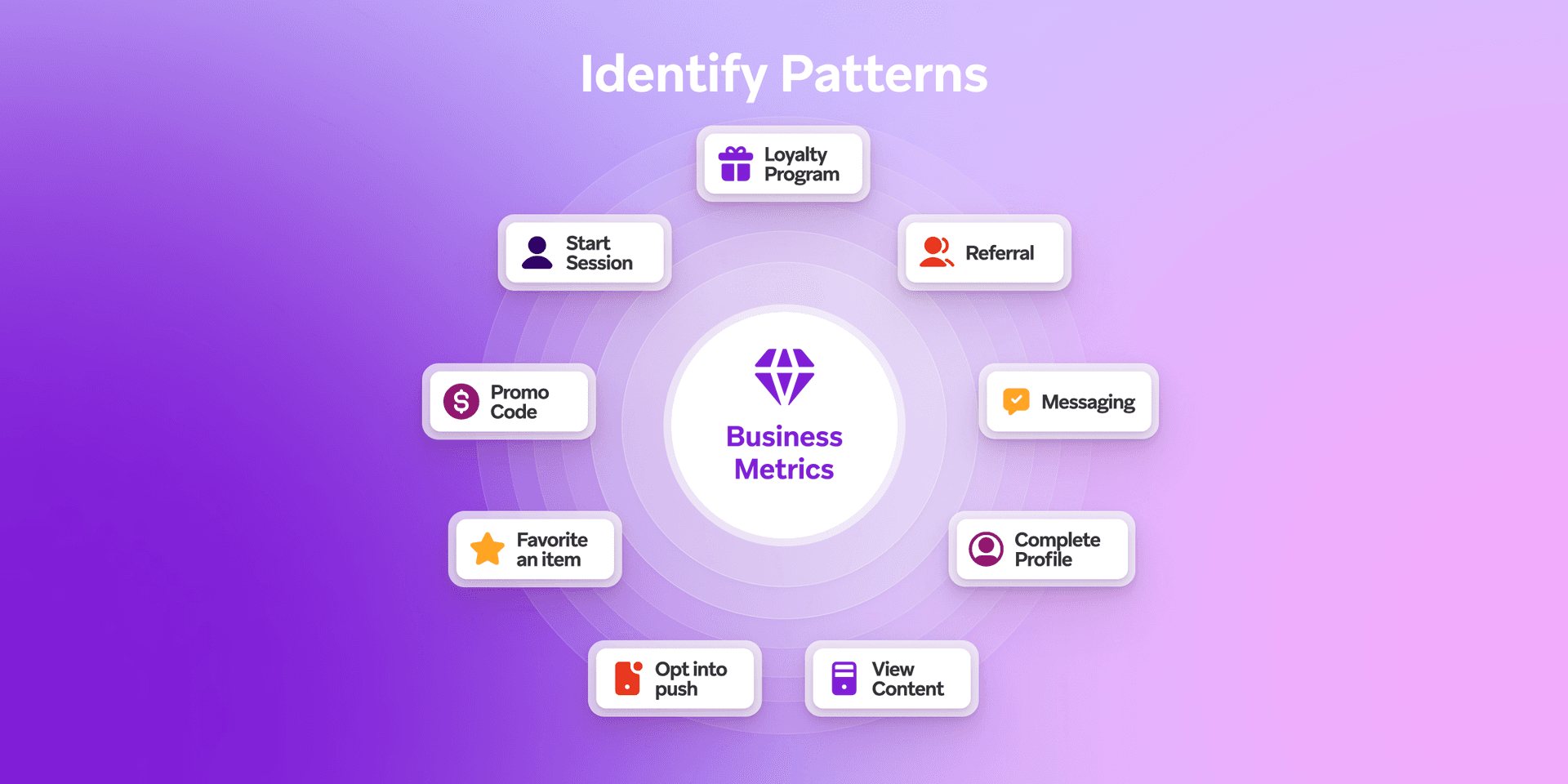
It’s also an indicator of customer health. High engagement often signals satisfaction and long-term potential. Low engagement, on the other hand, can be an early warning sign of churn—long before a contract ends or a subscription lapses.
Teams that track product engagement closely are better equipped to spot friction in the user journey, uncover underused features, and identify where to focus improvements. Over time, that insight supports stronger onboarding, smarter product decisions, and more targeted messaging across the customer lifecycle.
Key product engagement metrics to track
There’s no single way to measure product engagement. The right metrics depend on your product, your users, and what “success” looks like at different stages. That said, most teams track a combination of behavioral signals that fall into three categories: adoption, frequency, and depth.
Together, these product engagement metrics help you understand how users are interacting with your product, where they’re finding value, and where there may be drop-off or friction.
Adoption
Are users discovering and using your core features?Adoption metrics look at whether users are engaging with the parts of your product that matter most—those that align with activation, retention, or expansion goals. This might include completed actions, feature usage, or milestone events like uploading a file, sending a message, or adding a team member.
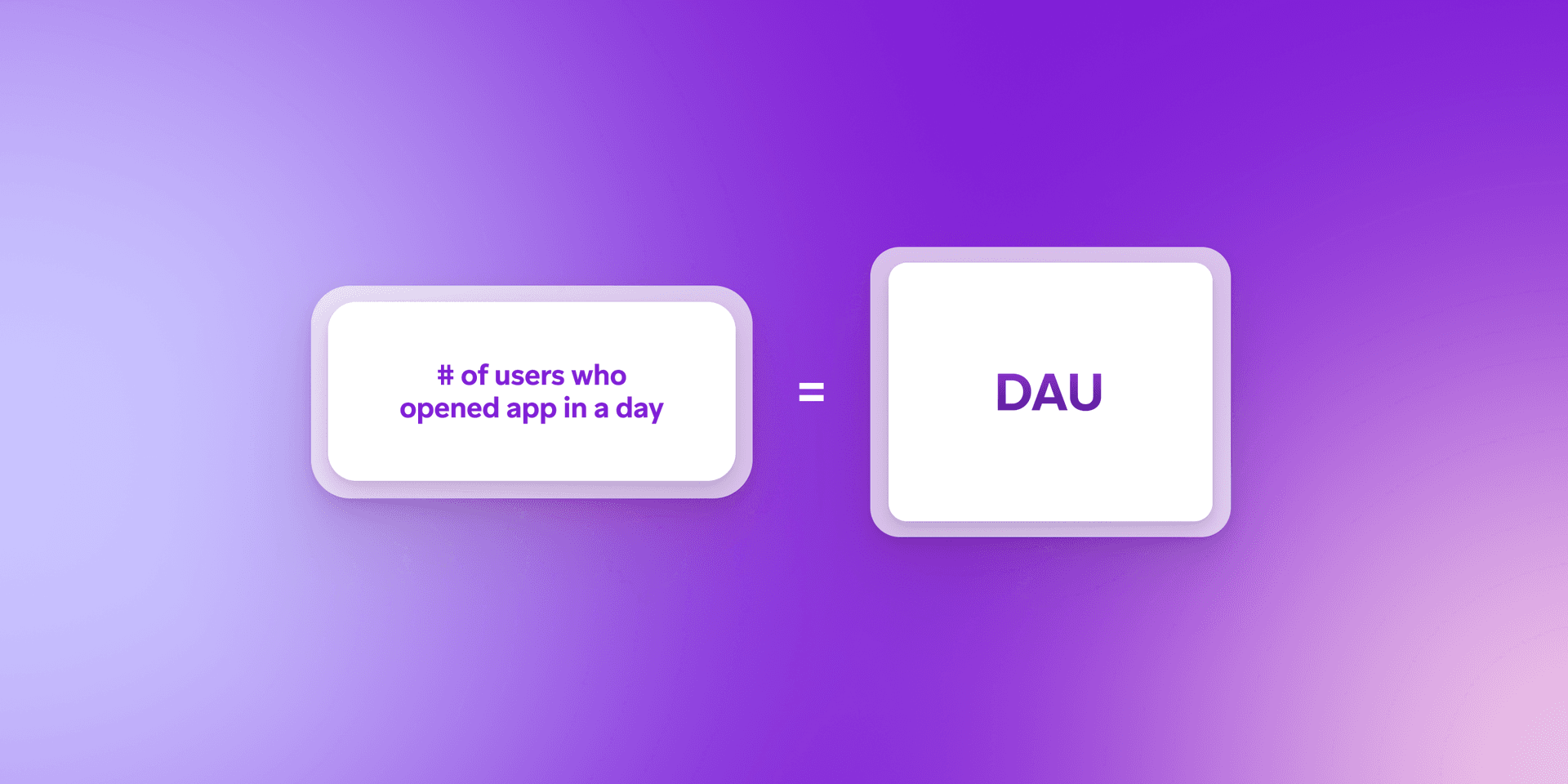
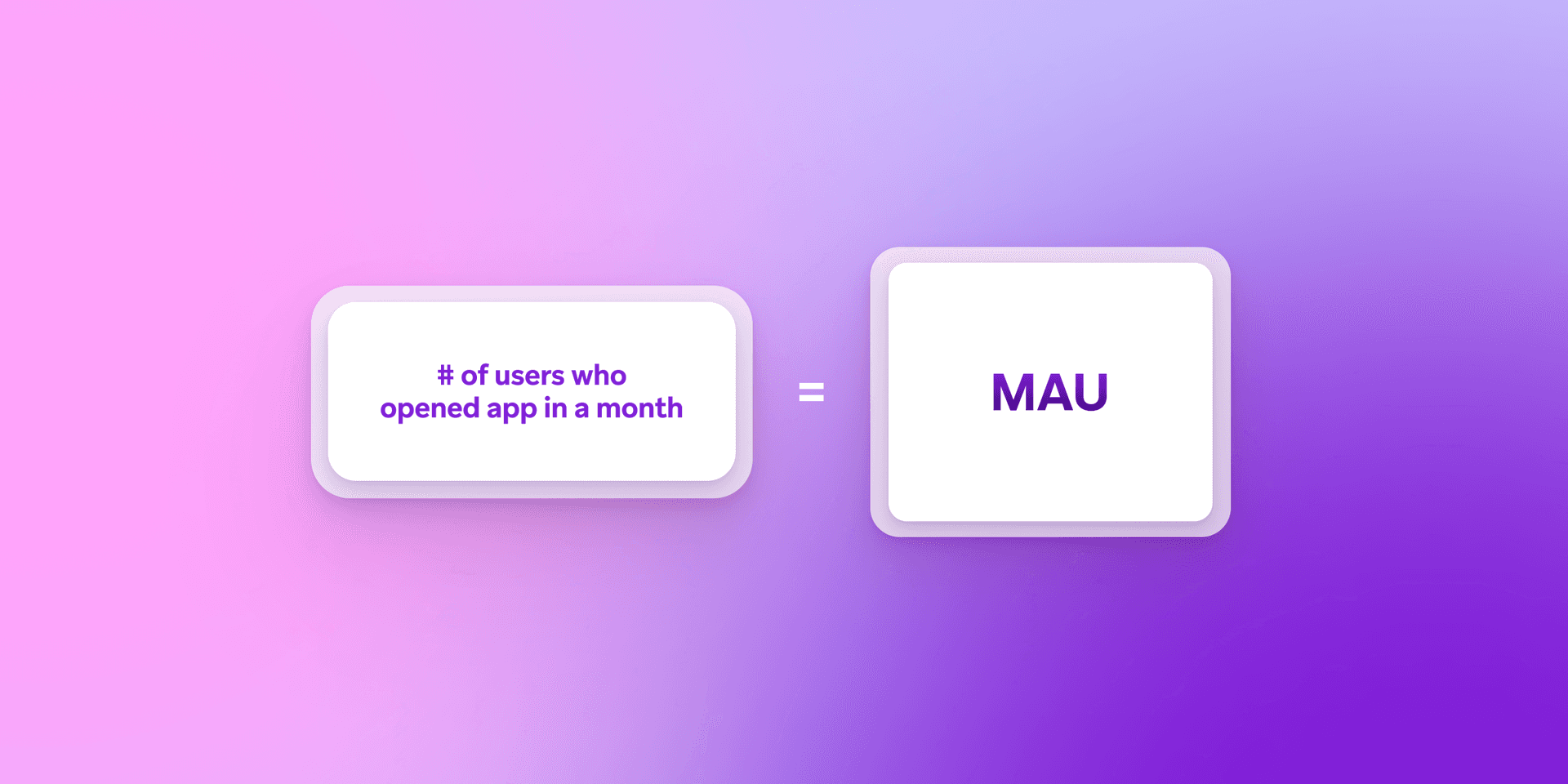
Frequency
How often are users coming back?High engagement often shows up in regular product usage. Daily, weekly, or monthly active users (DAU, WAU, MAU) help you understand the rhythm of usage and how well your product fits into a user's workflow or routine.
Depth
How thoroughly are users exploring the product?Depth metrics reveal how engaged users are within a session or over time. Are they using just one or two features, or moving across multiple areas of the product? This can highlight power users, feature gaps, or underutilized value.
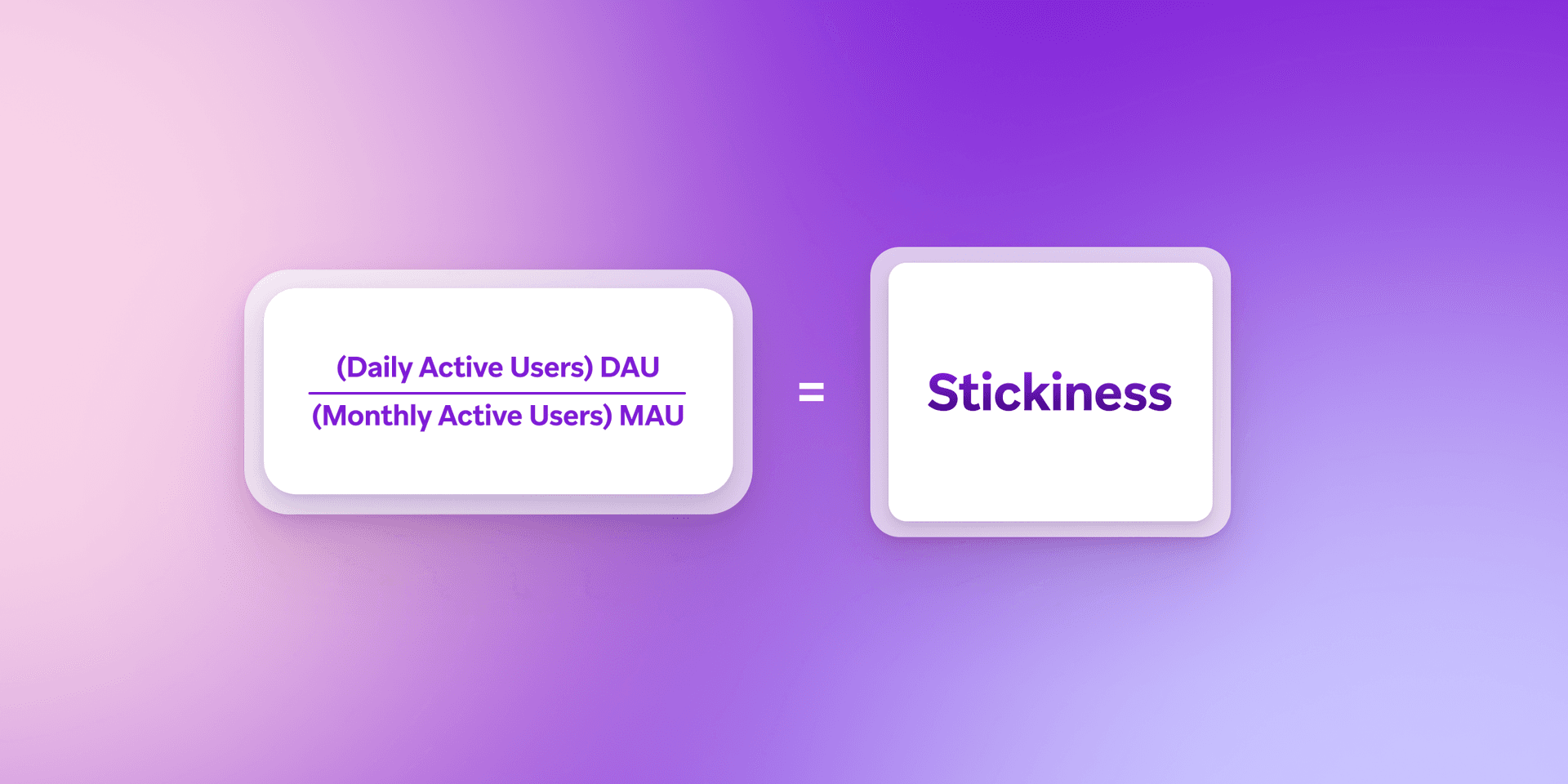
Stickiness
Are users forming habits?Stickiness is often measured as the ratio of DAU to MAU. A higher ratio suggests users are returning frequently and consistently—a sign that your product has become part of their regular routine.
Session duration
How much time are users spending in the product?Longer sessions can indicate deeper engagement, but they can also signal friction. Used alongside other metrics, session length can help pinpoint where users are spending time productively (or getting stuck).
Retention and churn rate
Are users staying over time?Retention metrics show how many users continue to engage with your product after sign-up or activation. Churn metrics capture the opposite. Both are essential for understanding long-term engagement patterns.
What is the Product Engagement Score (PES)?
The Product Engagement Score (PES) is a composite metric designed to give teams a quick snapshot of overall product health. It combines three key product engagement metrics—adoption, stickiness, and growth—into a single score.
How is PES calculated?
The formula is straightforward:
(Adoption + Stickiness + Growth) ÷ 3 = Product Engagement Score
- Adoption reflects how many users are actively using core features
- Stickiness measures how often users return (typically DAU/MAU ratio)
- Growth looks at how your active user base is changing over time
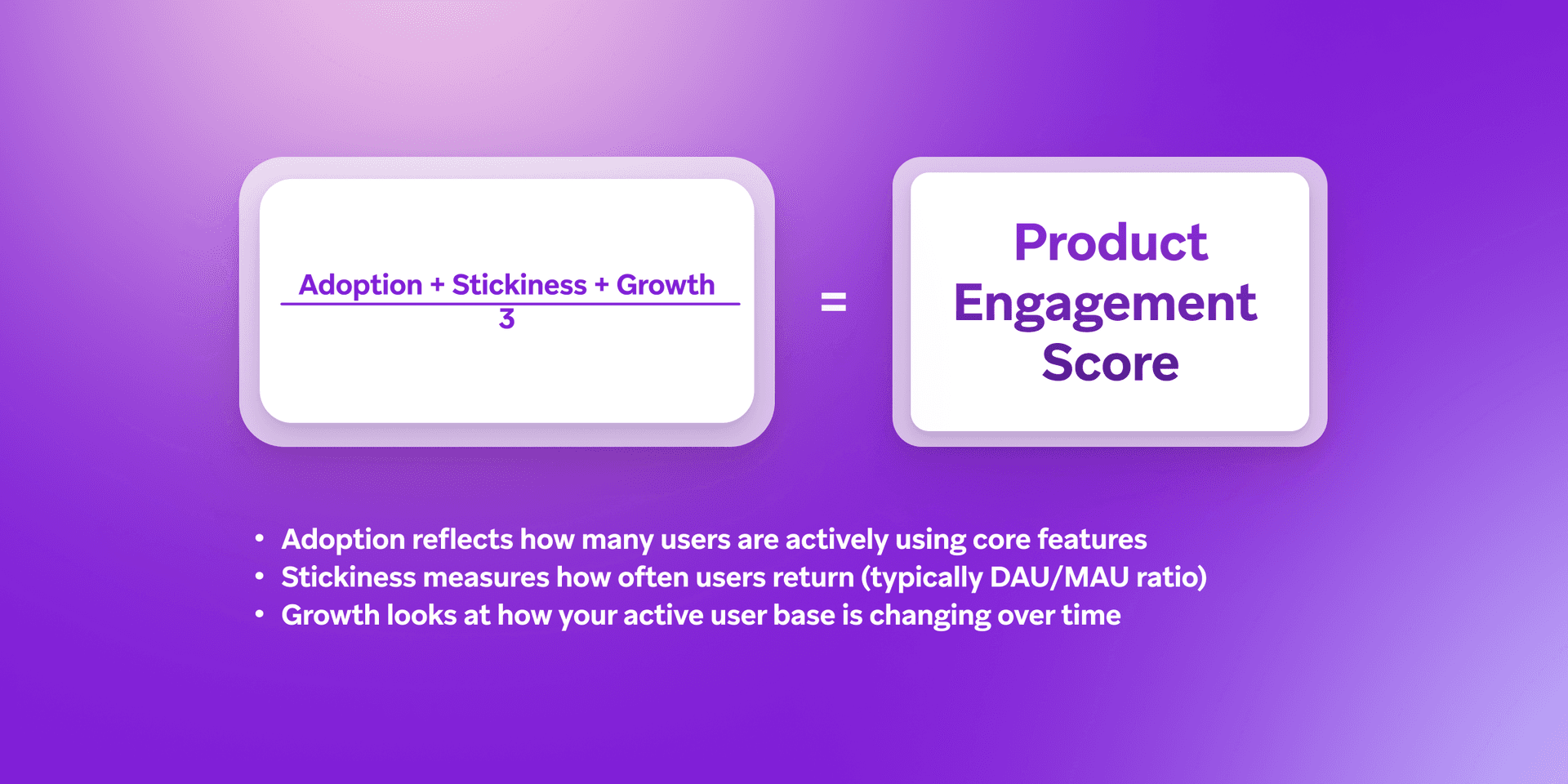
This average gives you a directional benchmark. If the score is trending up, engagement is generally improving. If it’s falling, it may be time to investigate friction points, underused features, or drop-off patterns.
When to use PES and when not to
The Product Engagement Score is helpful when you want a high-level view or need a simple way to track change over time. But like any composite metric, it has limits. PES doesn’t tell you why engagement is shifting or which part of the user experience is driving the trend.
It’s best used alongside other product engagement metrics—especially behavioral and segment-based data—to get a fuller picture. Context matters, and what “good” looks like will vary by product, lifecycle stage, and business model.
How to measure product engagement effectively
There’s no universal formula for how to measure product engagement—but there are proven ways to approach it. The key is to track meaningful behaviors over time and link them to user value, not just surface activity.
Here’s how to build a measurement approach that works:
1. Track behaviors tied to value
Look beyond logins. Focus on what users are doing once they’re inside the product. That might include creating a project, completing a task, using a specific feature, or reaching a known “aha” moment.
2. Define your key events
Identify the actions that matter most at each stage of the user journey. For example:
- During onboarding: Completing setup steps
- In early use: Repeating key actions or exploring multiple features
- Long term: Upgrading or inviting others
These events become the backbone of your product engagement tracking.
3. Segment by lifecycle and/or persona
Not all users behave the same—or need to. Break engagement data down by cohort, plan type, geography, user role, or other relevant characteristics to reveal deeper insights. What’s normal for a new user may signal a red flag for a longtime one.
4. Combine quantitative and qualitative data
Usage data tells you what’s happening. Feedback, NPS, and survey data help explain why. Together, they give you a more complete picture of product engagement and help teams respond more effectively.
5. Measure over time, not in isolation
Single-session data has its place, but real engagement shows up in patterns. Look for trends: Are users logging in more often? Are more features being used over time? Are activation rates improving quarter over quarter?
Common use cases for measuring product engagement
Understanding how users engage with your product uncovers insights that go far beyond basic usage stats. Here are some of the most common ways teams use product engagement data to inform strategy and improve performance:
Onboarding optimization
Engagement data shows where new users succeed—or stall. By tracking which steps are completed (and which are skipped), you can refine your onboarding flow, reduce drop-off, and help more users reach their “aha” moment faster.
Feature discovery
Just because a feature exists doesn’t mean it’s being used. Product engagement metrics help you identify which features are underutilized, and whether that’s due to discoverability, relevance, or usability. From there, you can adjust messaging, UI design, or rollout timing to increase adoption.
Retention analysis
Ongoing engagement is one of the strongest predictors of retention. By mapping usage patterns over time, you can see what healthy engagement looks like, and spot early signs of churn before they become irreversible.
Churn risk identification
If engagement starts to drop, it’s often a signal that something’s not working. Maybe users aren’t finding what they need, or they’ve hit a barrier. Tracking declining usage helps you intervene early with targeted re-engagement messaging or support.
Segmentation and personalization
Grouping users based on behavior allows you to deliver more relevant experiences—whether that’s contextual tooltips, targeted campaigns, or personalized recommendations. Engagement data helps tailor messaging to what each user actually needs.
Tools and platforms to track product engagement
Tracking product engagement relies on having the right tools in place—ones that can capture in-product behavior, surface actionable insights, and support meaningful follow-up across the customer journey.
Depending on your goals, you might use a combination of analytics, in-product experience platforms, and engagement tools to get a full picture of what users are doing and how they’re responding. It’s important that these platforms speak to each other and are based on streaming data so you can get a complete, in-the-moment picture.
Event and product analytics
Analytics tools like Mixpanel, Amplitude, or Heap are commonly used to track specific in-product events—such as feature usage, funnel drop-off, or milestone completions. They allow teams to:
- Define custom events tied to key engagement moments
- Analyze user journeys and behavior over time
- Segment usage by cohort, geography, or account type
This kind of data helps product teams understand what’s working, and where users are struggling to engage.
Customer engagement platforms
To go a step further, customer engagement platforms bring product data into a broader, cross-channel strategy—so you can act on what you learn. For example, if a user hasn’t completed onboarding or hasn't tried a core feature, you can trigger a relevant message via email, push, or in-app notification.
How Braze supports product engagement
Braze brings product engagement and customer engagement together. With real-time behavioral tracking, flexible segmentation, and orchestration tools like Canvas, teams can create dynamic journeys that respond to how users are interacting with the product.
- Track in-product actions and user attributes in real time
- Segment users by feature usage, frequency, or churn risk
- Trigger relevant, personalized messages across in-app, email, push, and more
- Connect product signals to lifecycle campaigns that support long-term retention
Connecting product analytics with your engagement platform can also help close the gap between insight and action—supporting more timely and relevant experiences.
Best practices to improve product engagement
Improving product engagement means helping users find value faster, and return more often. That starts with understanding where they’re getting stuck, what they’re using (or ignoring), and how you can guide them toward success in the moments that matter.
Here are five proven ways to improve product engagement:
1. Deliver contextual onboarding
Rather than showing every feature up front, guide users through the product based on what they’ve already done—or haven’t. Onboarding flows that respond to real-time behavior are more effective at helping users reach their goals and adopt key features.
With Braze, you can trigger in-app messages or emails when users complete a milestone, skip a step, or go inactive during onboarding.
2. Announce new features at the right time
Dropping a release note isn’t enough. Use targeted, timely prompts to introduce new features in context—whether that’s an in-app banner, a tooltip, or a short push notification that invites users back to explore what’s new.
3. Use in-product guidance to reduce friction
Tooltips, checklists, and walkthroughs help users navigate complex flows and discover value faster. They’re especially useful for new users, infrequent users, or anyone entering a less-used part of the product.
4. Personalize based on behavior
Not all users want or need the same thing. Segment users by their role, plan, activity level, or feature usage—then tailor messaging and product experiences to match. This can include dynamic content, personalized product recommendations, or customized flows depending on where a user is in their journey.
5. Build feedback loops
Use in-product surveys, NPS scores, or support data to capture what users are thinking—not just what they’re doing. This helps you understand intent, surface feature requests, and fix pain points that don’t show up in analytics alone.
Final thoughts on improving product engagement
Strong product engagement is shaped by the experiences you create, the friction you remove, and the relevance you deliver over time. When teams track how users behave inside the product and respond in real time, they’re better equipped to build journeys that keep users active, satisfied, and progressing.
From onboarding to re-engagement, each touchpoint is an opportunity to deepen connection. And with the right tools in place, you can move from passively measuring engagement to actively improving it—both inside your product and across channels.
FAQs about product engagement
What is product engagement?
Product engagement refers to how users interact with your product—how often they use it, which features they explore, and how much value they gain from the experience.
How do you measure product engagement?
To measure product engagement, track key behaviors like feature usage, session frequency, and retention over time. Combining these metrics helps you understand how engaged your users really are.
What are the most important product engagement metrics?
Important product engagement metrics include adoption, frequency, depth, stickiness (DAU/MAU), session length, and retention. These metrics highlight how users are interacting with your product and where you can improve.
What is the Product Engagement Score?
The Product Engagement Score (PES) is a composite metric that averages adoption, stickiness, and growth to give a high-level view of product health and user engagement.
How do you improve product engagement?
You can improve product engagement by delivering contextual onboarding, announcing features in-app, using tooltips or guides to reduce friction, personalizing experiences based on behavior, and creating feedback loops.
Be Absolutely Engaging.™
Sign up for regular updates from Braze.
Related Content
View the Blog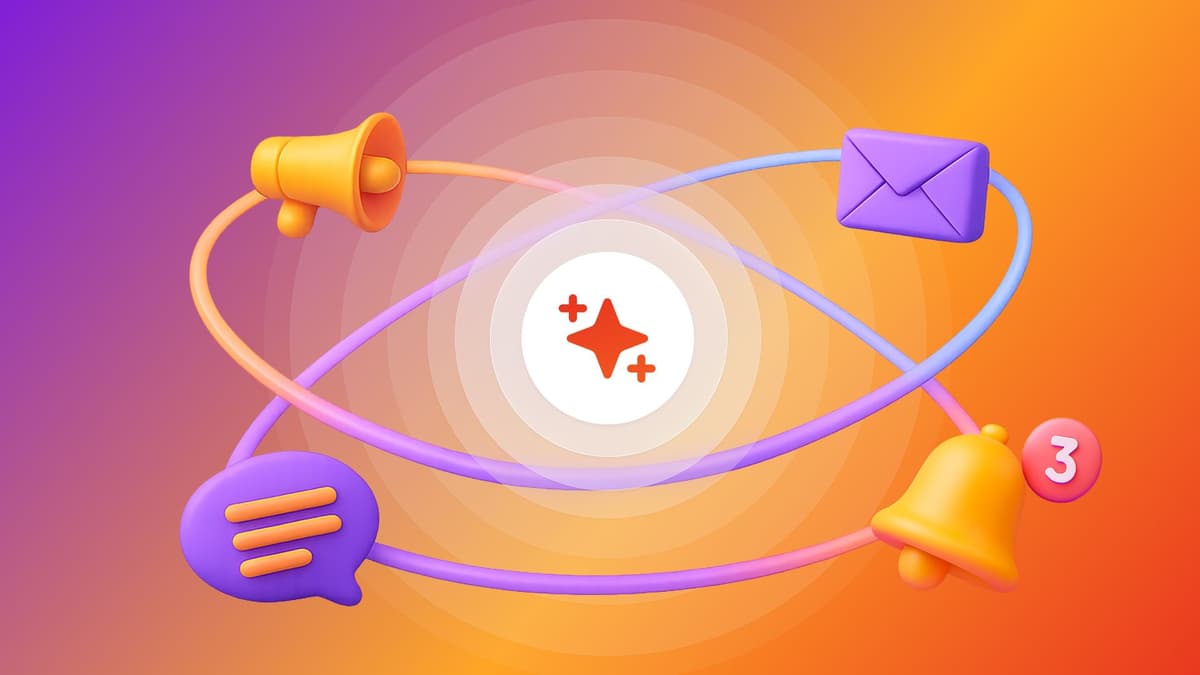
How AI Decisioning Transforms Marketing (A Complete Guide)

Team Braze

AI decisioning cheat sheet: How to crawl/walk/run with BrazeAI Decisioning Studioᵀᴹ

Team Braze

A day in the life of a data scientist on the BrazeAIᵀᴹ forward-deployed engineering team
